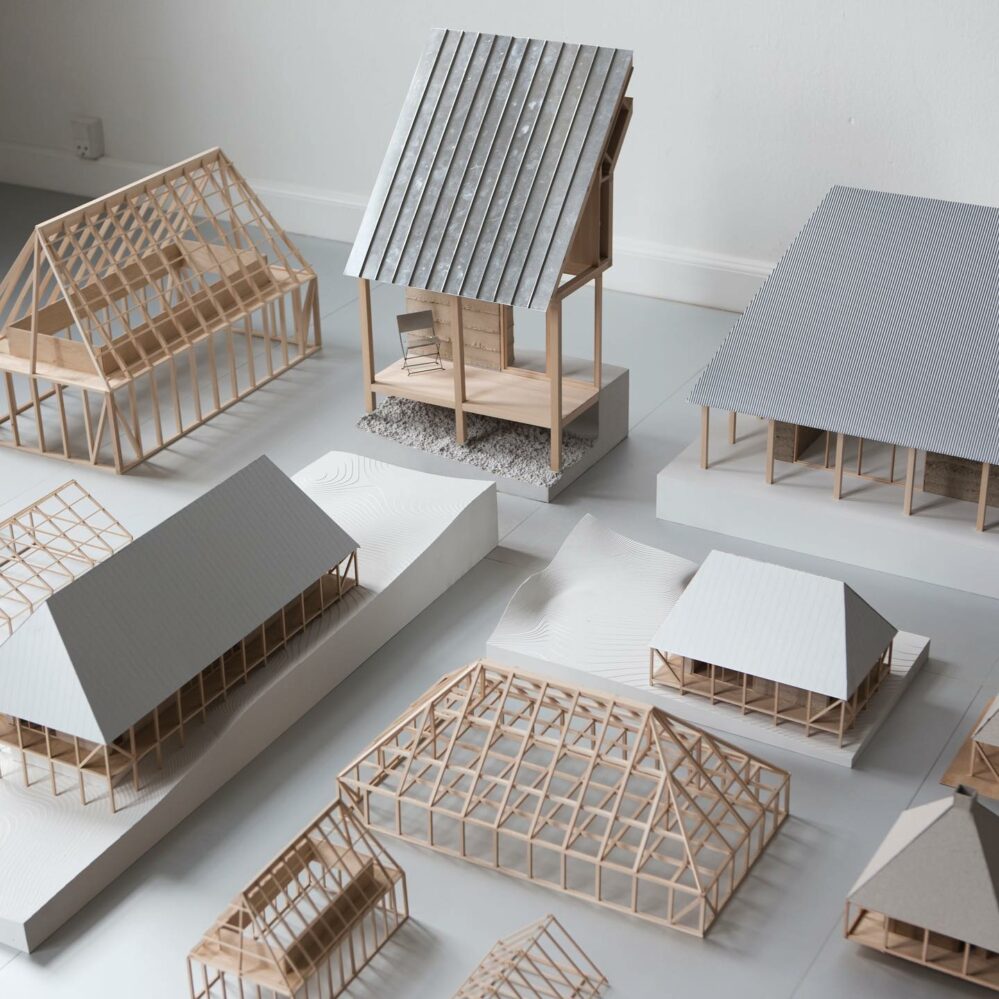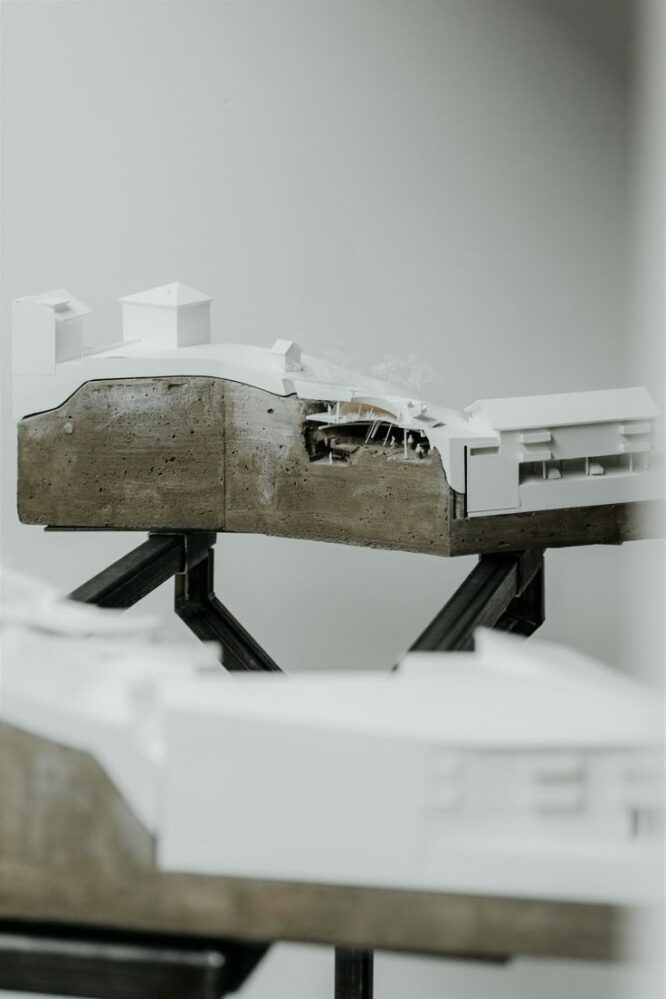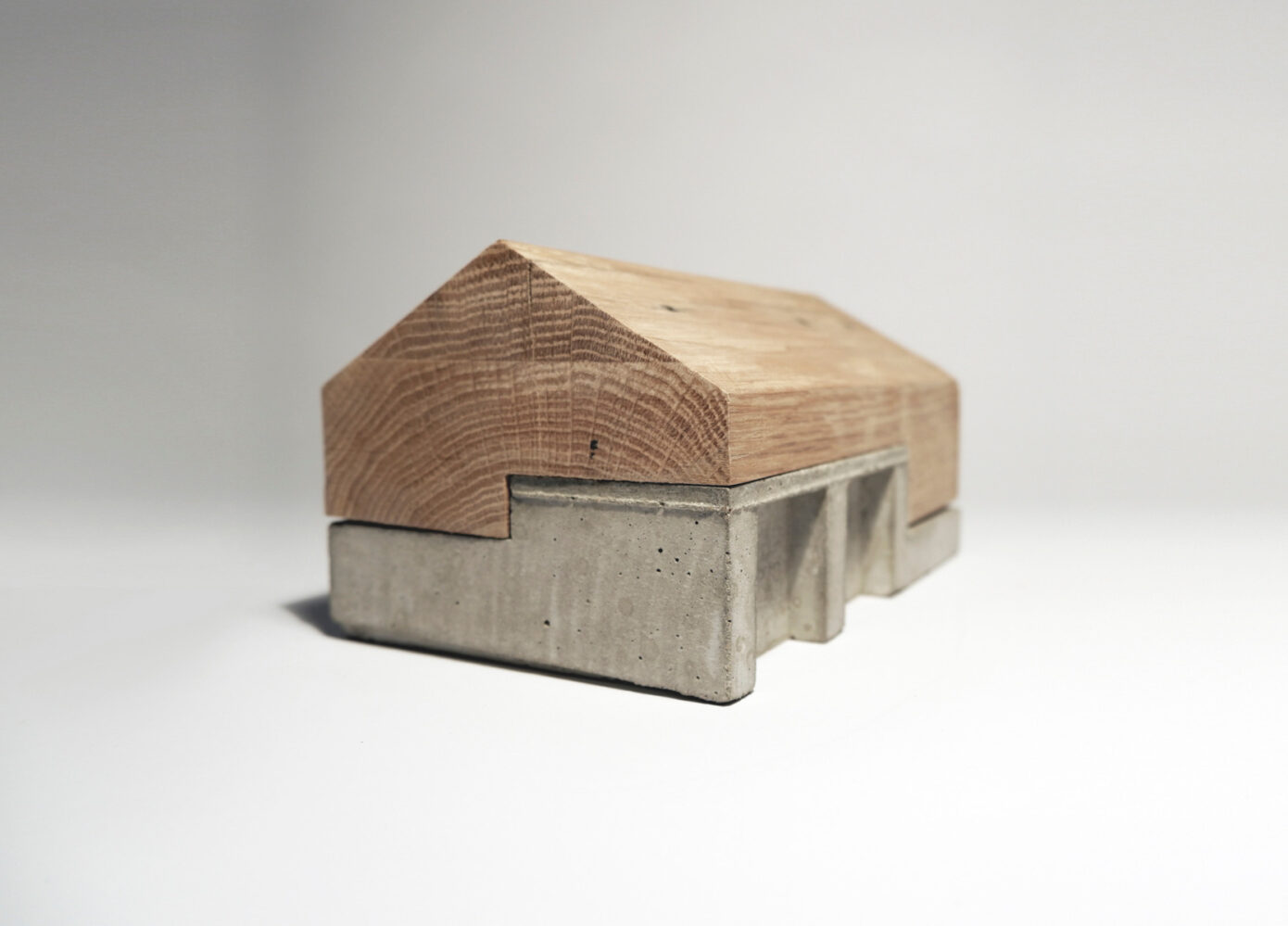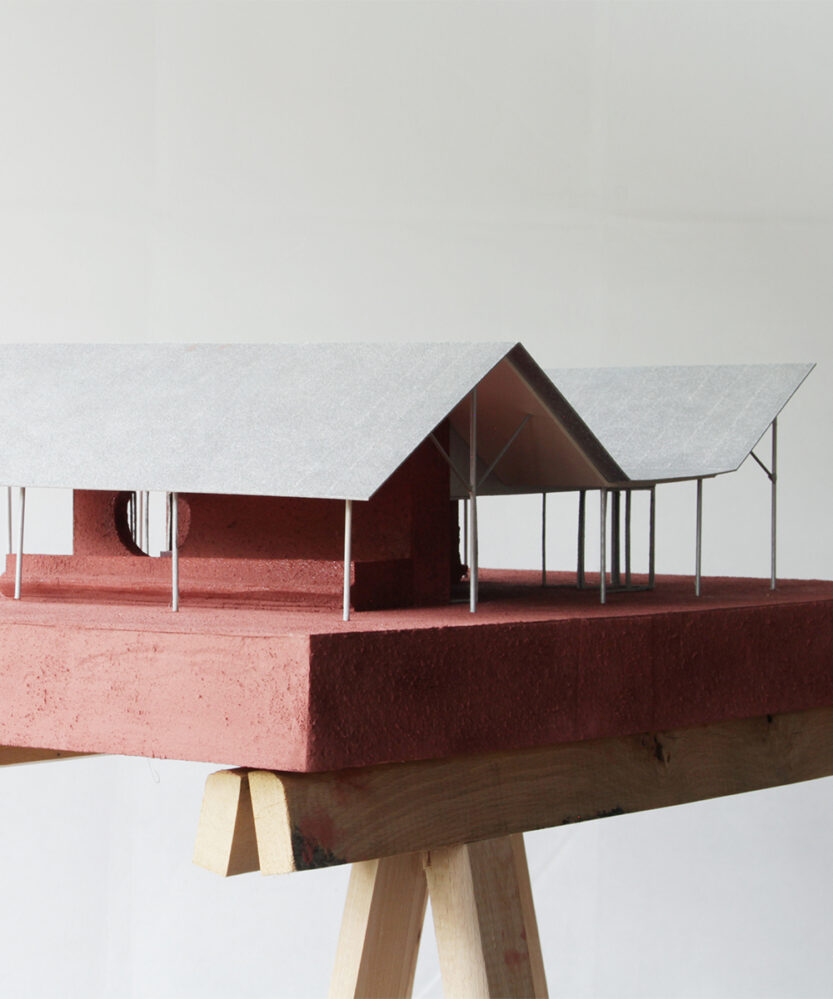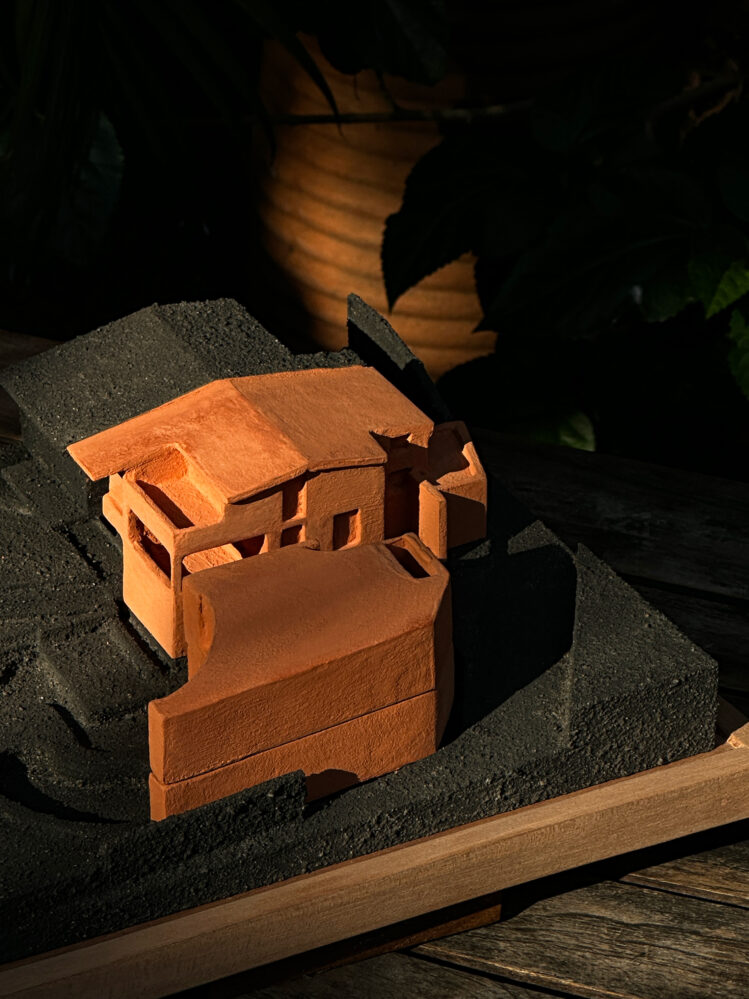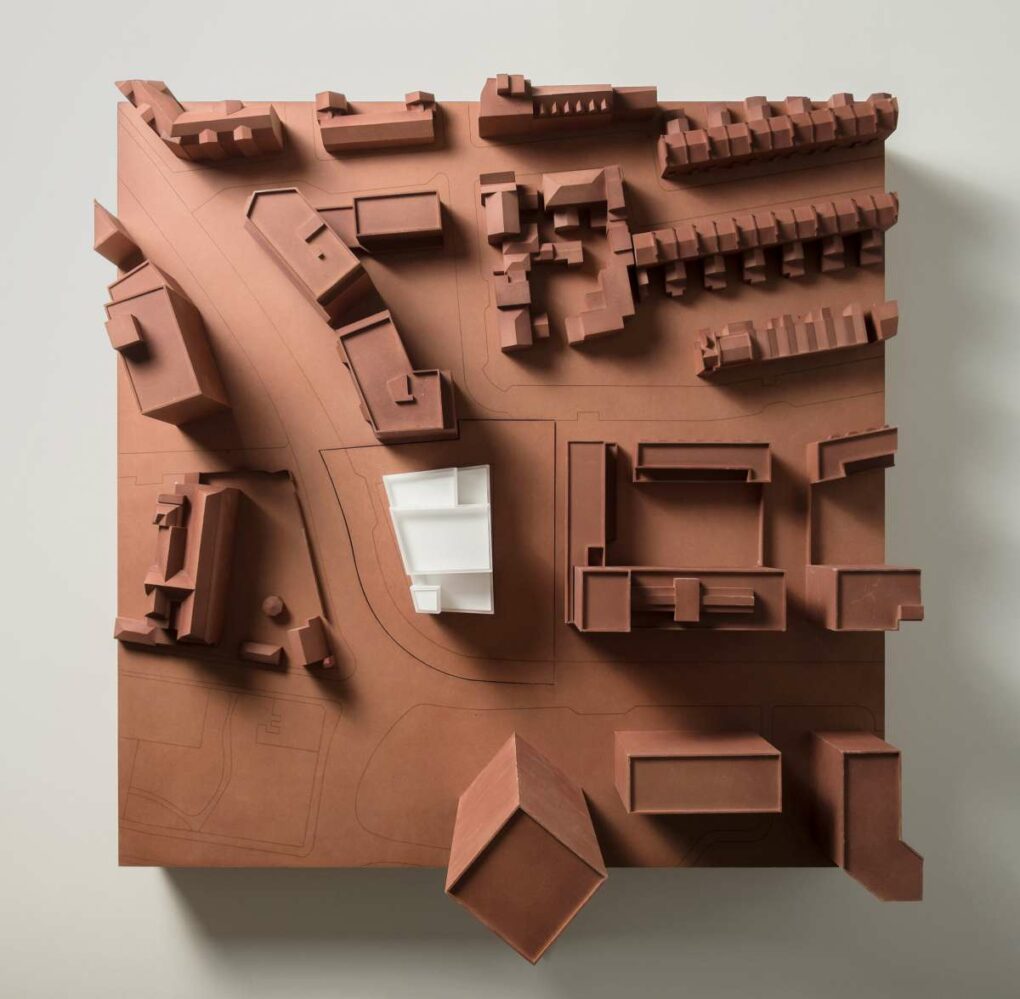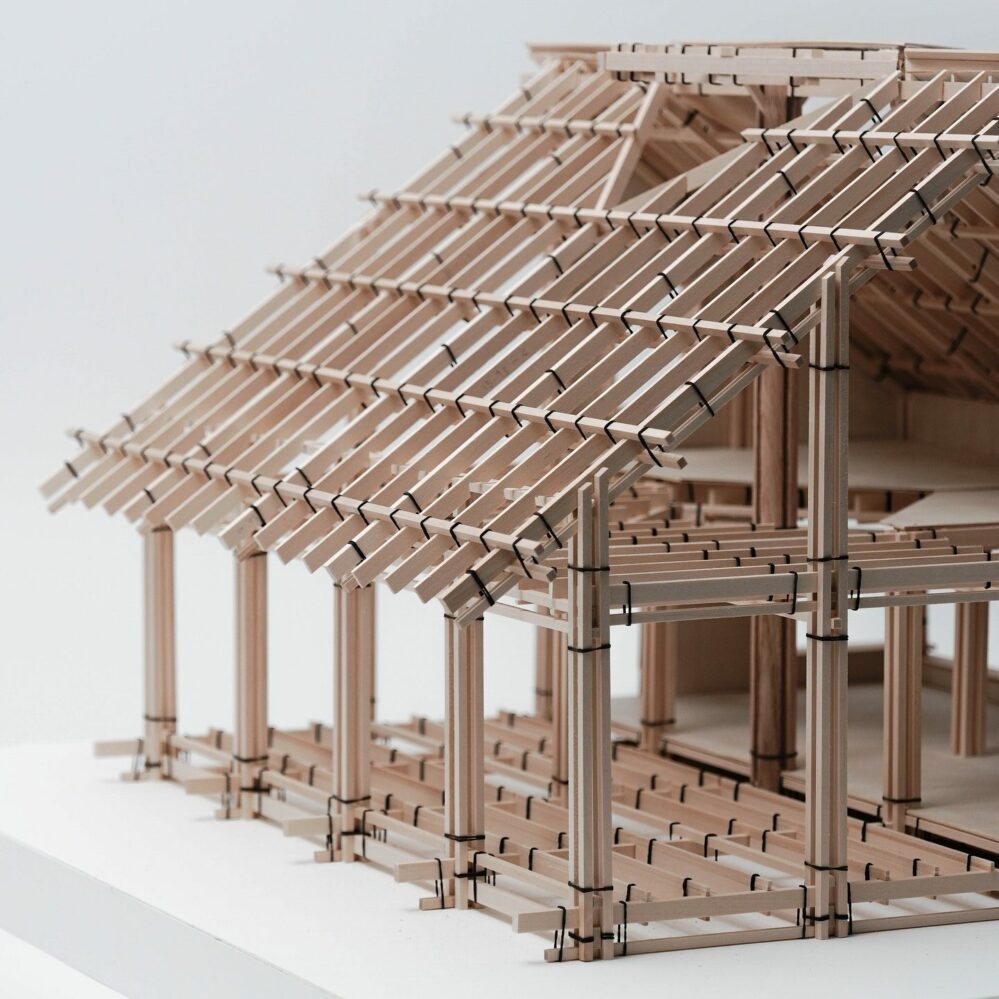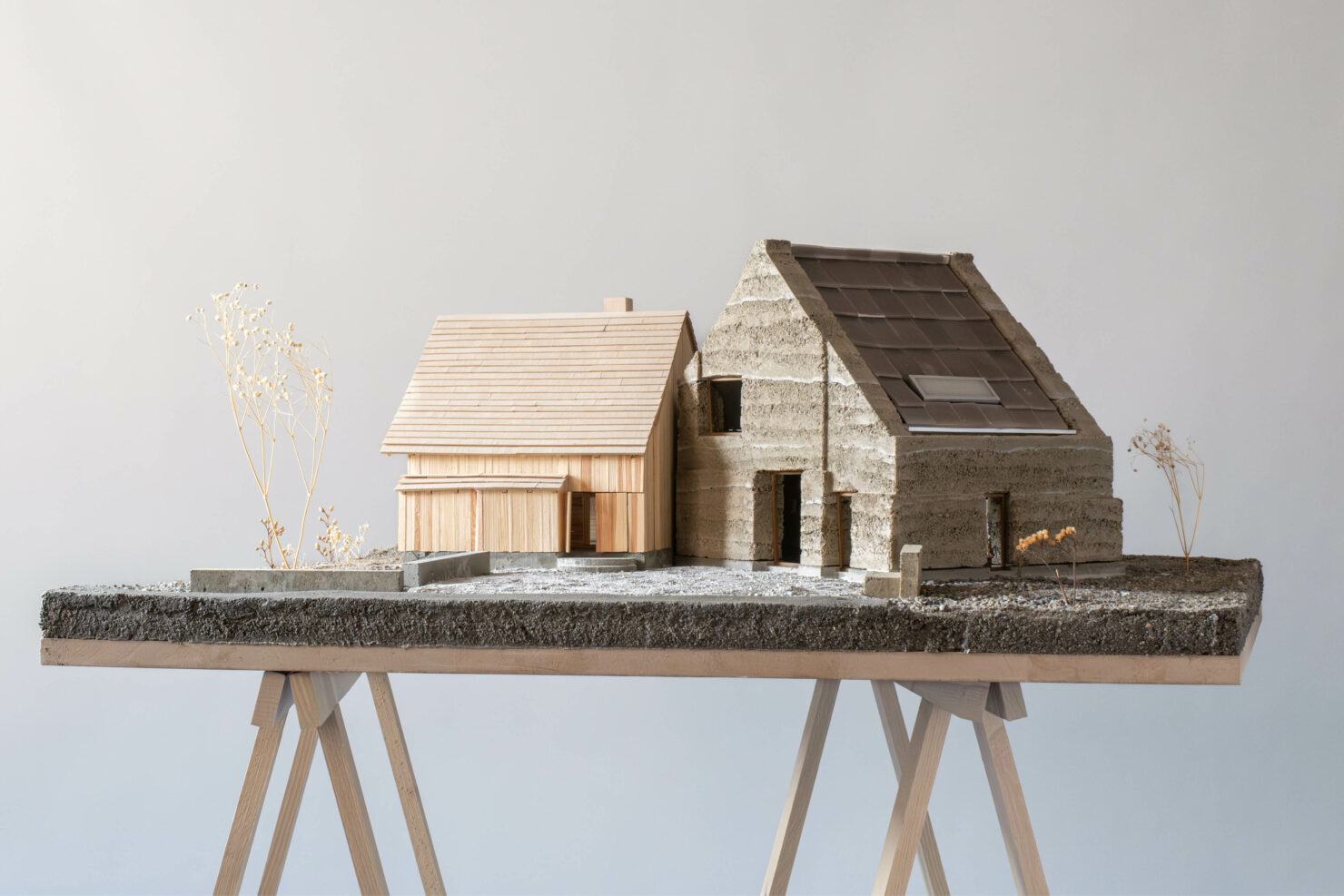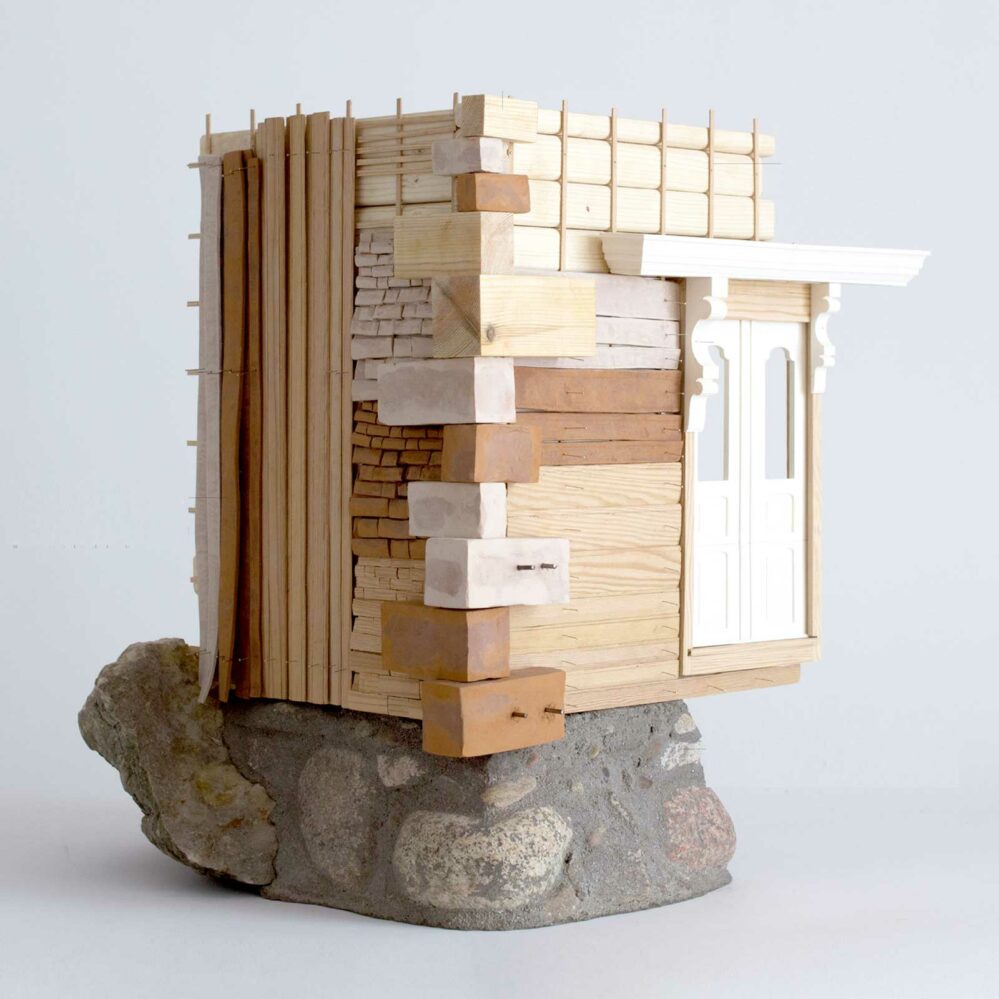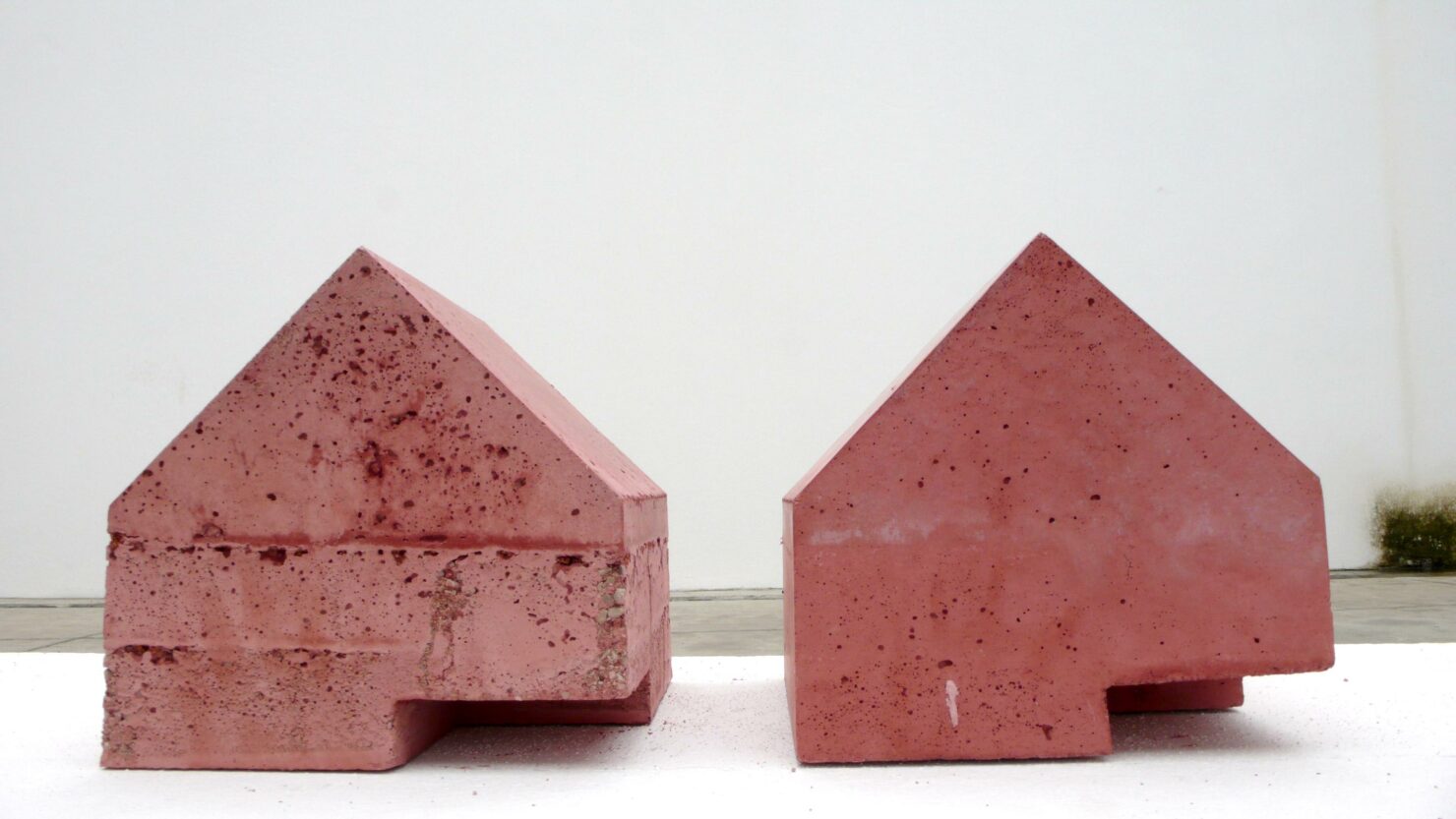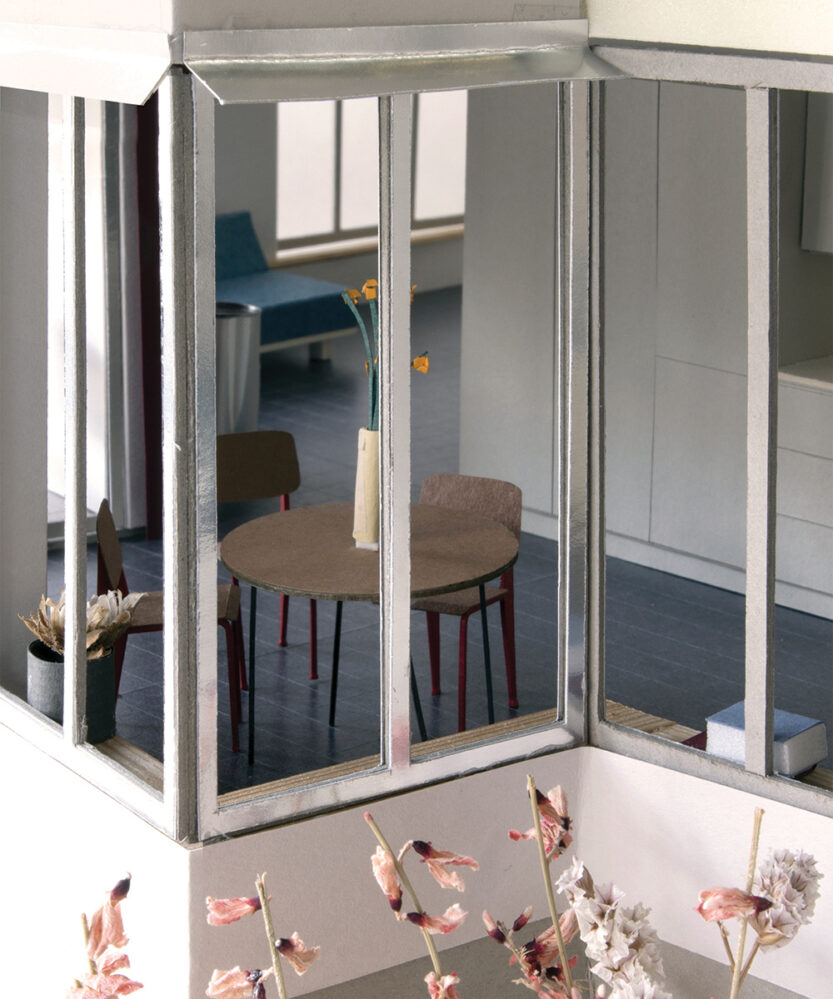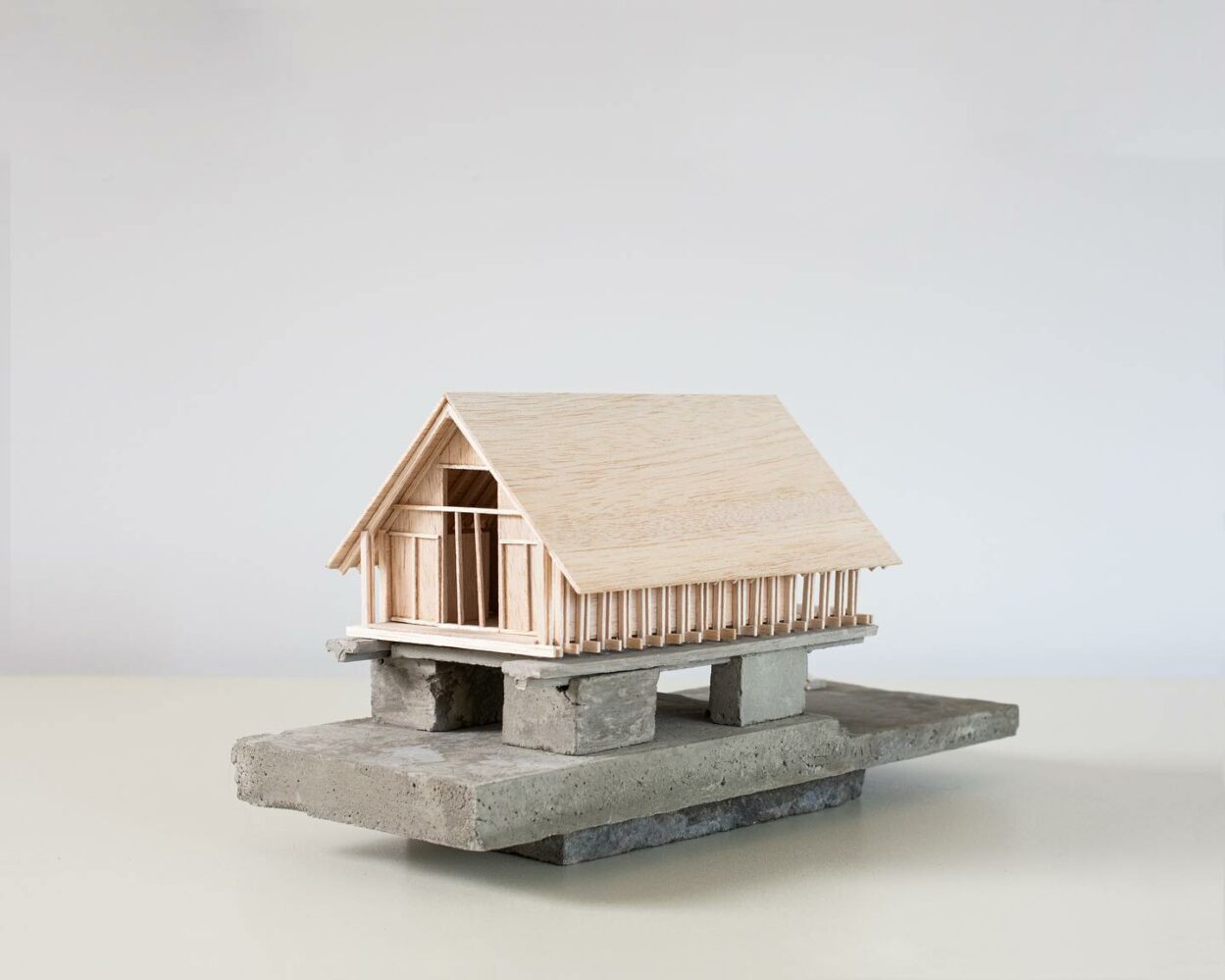Why We Still Love Physical Architecture Models
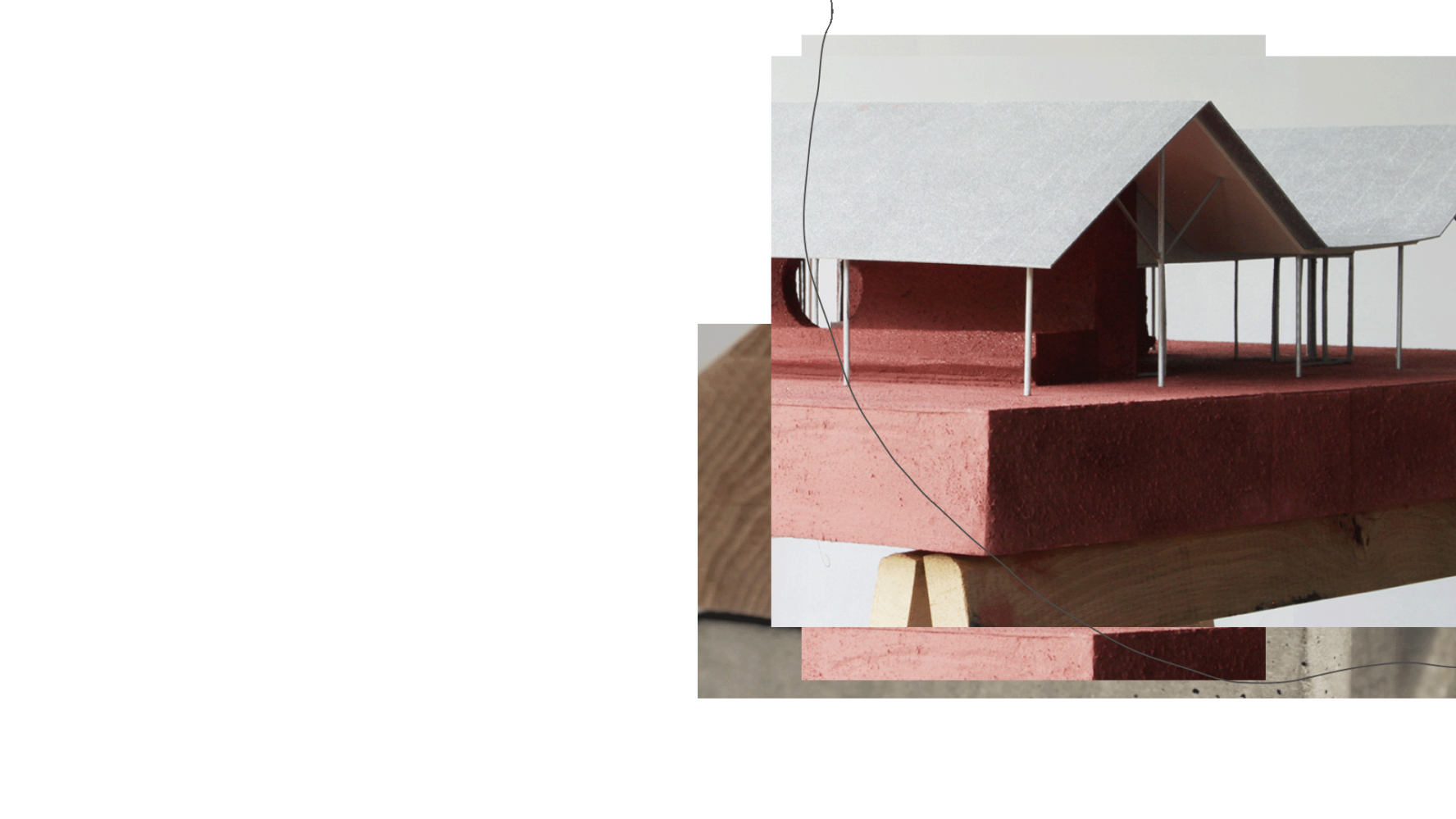
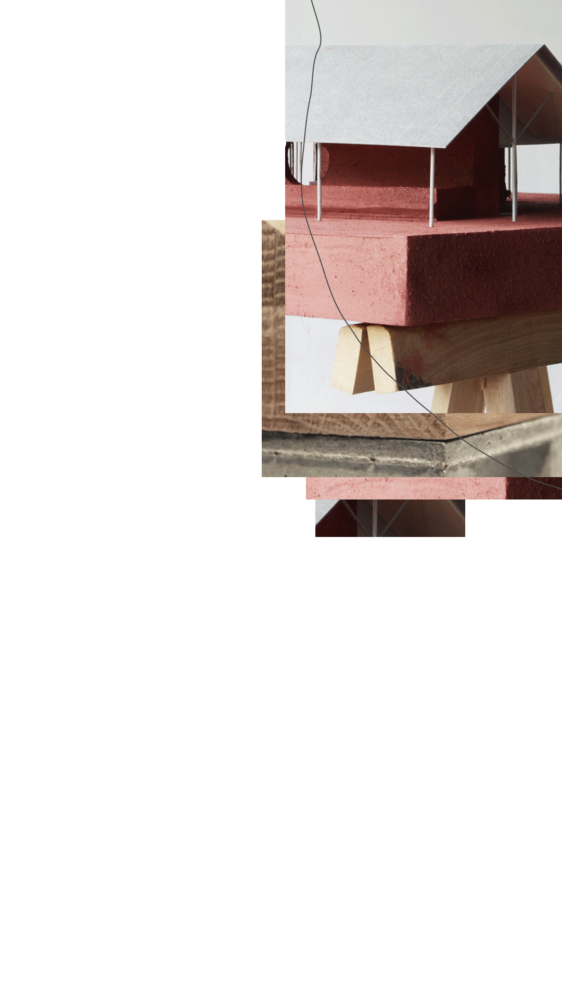
Exploring why physical model making still matters in the age of 3D rendering—and why architects keep coming back to it
In a world where almost everything can be rendered on-screen, there’s still something magical about picking up a scalpel, slicing into foam core, and piecing together a physical model. Sure, 3D software can make a project look polished and real—but physical models feel real. They’re not just a way to show an idea—they’re a way to think through it.
More Than Just a Visualization Tool
When you build a model, you start seeing things differently. You understand how spaces relate to each other, how light might fall, how volumes sit in context. You can rotate it, carry it, or place it on a site model and really feel the design take shape. That kind of intuition is hard to replicate with a mouse and screen.
Interestingly, some architects now go so far as to create high-fidelity digital renderings that look like physical models—complete with cardboard textures, scale figures, and shadows from desk lamps. Why? Because even in digital form, we’re drawn to the tactile, imperfect charm of a handmade object. It taps into something universal: a nostalgic memory of building houses for our toys, crafting miniature worlds, or making forts out of boxes. That emotional connection is powerful—and it shows.
It taps into something universal: a nostalgic memory of building houses for our toys, crafting miniature worlds, or making forts out of boxes.
The Joy of Making
Ask any architect what part of school or studio they loved most, and model making is usually high on the list. There’s something deeply satisfying about working with your hands—cutting, gluing, assembling, adjusting. It’s meditative, physical, and a break from the endless scroll of emails and screens. Even seasoned professionals often find themselves sneaking into the workshop for the sheer pleasure of building something tangible. It’s design in its purest, most playful form.
Materials, Tools, and Techniques
Whether it’s rough cardboard for early concepts or precise basswood for presentation pieces, materials shape how a project evolves. Foam board, paper, balsa, clay, 3D-printed elements—each brings its own character. Techniques range from fast-and-loose sketch models to intricate laser-cut or CNC-milled compositions. And when the two worlds meet—like using Rhino to model and then cutting pieces with a laser—it gets even more exciting.
Looking Ahead: The Hybrid Future
The future of model making is hybrid. We now use digital tools to generate complex forms, but still build them by hand to better understand and refine them. Augmented reality and 3D projection may enhance how we present models, but they won’t replace the feeling of holding a project in your hands.
Because at the end of the day, architecture isn’t just lines and surfaces—it’s space, weight, texture, and presence. And nothing captures that quite like a well-built model.
